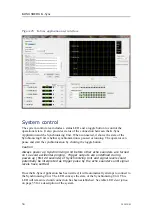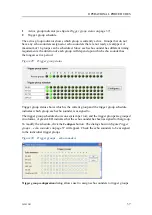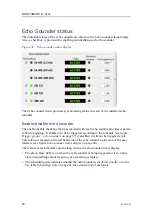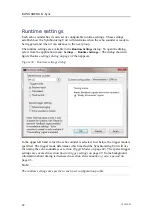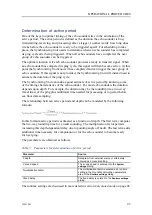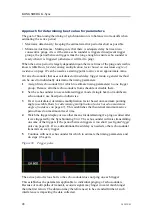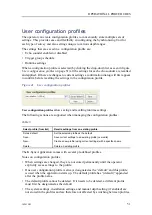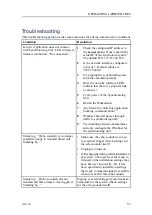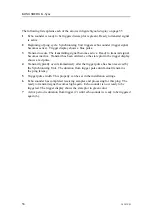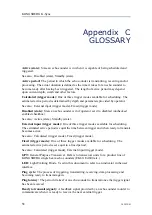
Determination of active period
One of the keys to optimal timing of the echo sounders lies in the estimation of the
active period. The active period is defined as the duration the echo sounder is busy
(transmitting, receiving, and processing) after a trigger. In other words: how long does
it take before the echo sounder is ready to be triggered again? For scheduling to take
place, the Synchronizing Unit needs to determine when an echo sounder has completed
its ping cycle after being triggered. When all echo sounders have completed, the next
group of echo sounders can be triggered.
The optimal situation is if each echo sounder provides a ready to transmit signal. When
an echo sounder has competed its ping cycle, this signal will then become active. At this
point the Synchronizing Unit knows it has completed and can trigger the next group of
echo sounders. If this signal is not provided, the Synchronizing Unit will instead need to
estimate the duration of the ping cycle.
The Synchronizing Unit can make a good estimate of active period by knowing some
of the timing characteristics of the echo sounder. For most echo sounders the duration
depends upon depth. For example, the duration may be the roundtrip time (two-way
travel time) of the ping plus additional time needed for processing or to permit below
sea floor data sampling.
The relationship between active period and depth can be modeled by the following
formula:
In this formula active period is estimated as a function of depth. The first term computes
the two-way roundtrip time for a nadir sounding. The multiplication factor permits
increasing this depth-dependent delay due to pointing angle off nadir. The last term adds
additional time necessary for computation or for the echo sounder to become ready
for next ping.
The parameters are obtained as follows:
Table 5
Parameters for determination of active period
Parameter
Source
X
depth
Datagram from external source or alternately
entered as a manual setting.
V
sound speed
The sound speed is entered into the
System
settings
dialog.
f
multiplication factor
The multiplication factor is entered as a runtime
setting in the Roundtrip calculation parameters
area of the
Runtime settings
dialog.
t
fixed delay
The fixed delay is entered in the
Runtime settings
dialog.
The runtime settings are discussed in more detail in section
on page 46
342435/B
43






